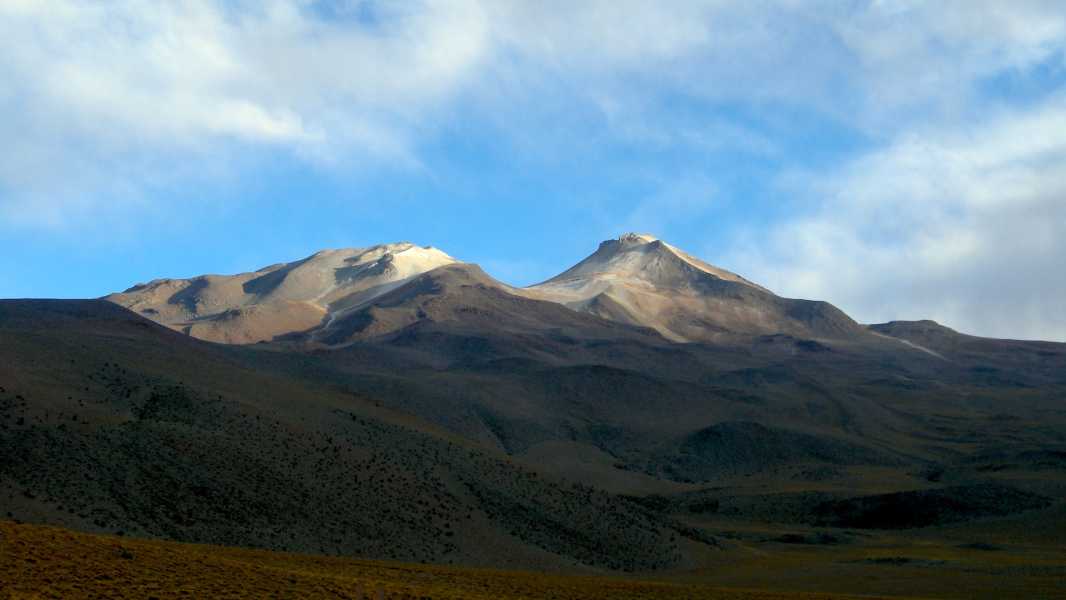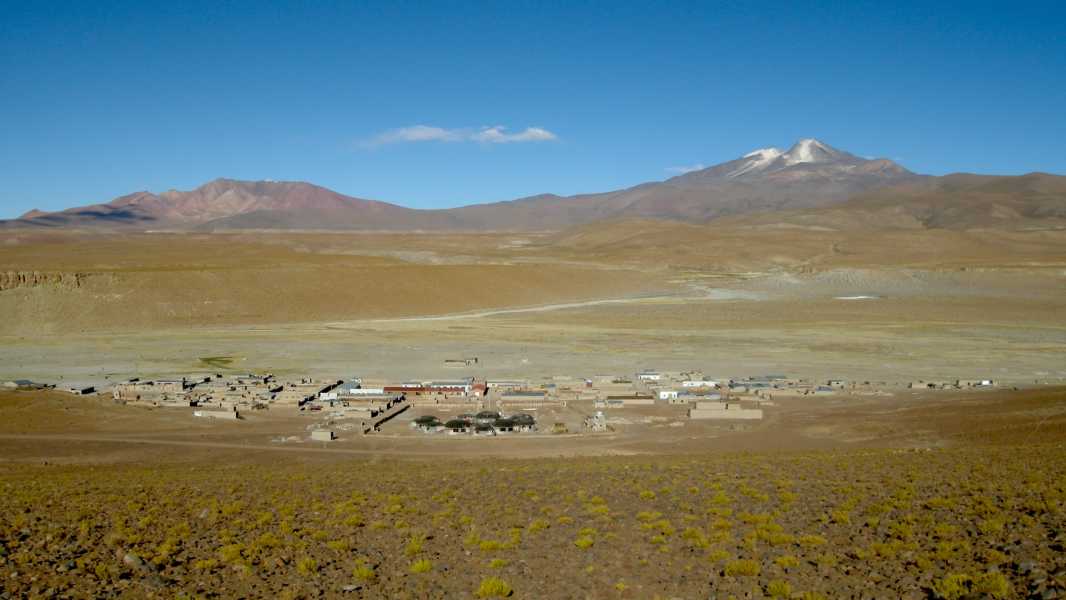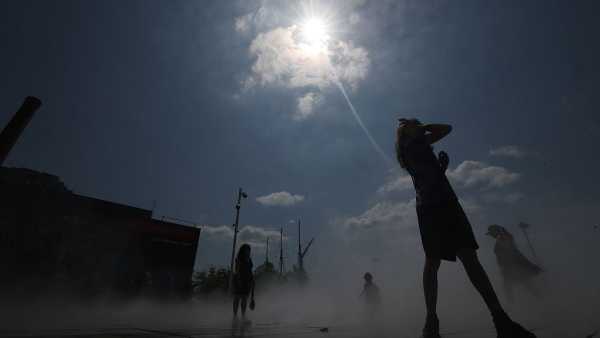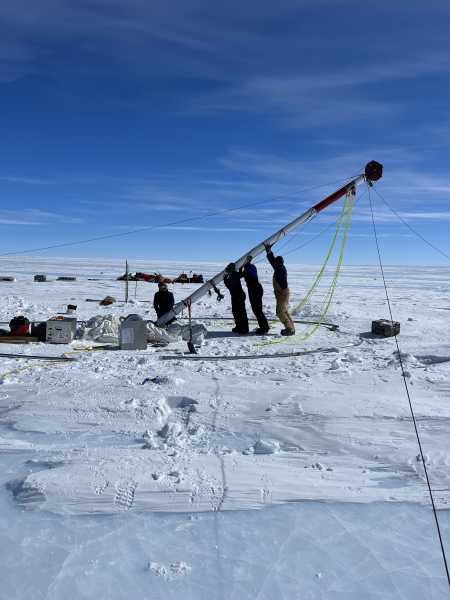
Uturuncu is one of many volcanoes on the Bolivian Altiplano, which sits above the Altiplano-Puna magma body. (Photo courtesy of John Blandy, University of Oxford)
A 'zombie' volcano in Bolivia is erupting in its sleep despite being dormant for hundreds of thousands of years, and now researchers think they understand why.
Uturuncu, which sits in the Andes Mountains of southwestern Bolivia, last erupted about 250,000 years ago. It has shown signs of activity for decades, spewing gas clouds, experiencing seismic tremors and causing changes to the surrounding landscape, raising fears it could soon wake up.
However, according to a new study published April 28 in the journal PNAS, this unusual activity is caused by the movement of liquids and gases beneath the volcano.
“This not only explains why the 'zombie' volcano remains active, but also provides information about its eruption potential, creating a methodology that can be used to assess the eruption risk of other active volcanoes,” the researchers said in their paper.
Uturuncu is a large dormant volcano rising to an altitude of 19,711 feet (6,008 meters) above sea level. It is a stratovolcano, which is a large, steep, cone-shaped formation made up of many layers (striations) of hardened lava, volcanic ash, and rock. Stratovolcanoes often erupt explosively because the lava is highly viscous, which helps trap gases. Mount St. Helens and Mount Vesuvius are examples of stratovolcanoes.
In their paper, the researchers note that Uturuncu is called a “zombie volcano” due to its constant, albeit dormant, activity.
Since the 1990s, satellite radar and GPS measurements have shown that the land around Uturuncu is deforming into a “sombrero” shape, with a rising central region surrounded by a sinking area. The central, elevated land has been rising for at least 50 years, at a variable rate of up to 0.4 inches (1 centimeter) per year.
This deformation, as well as frequent earthquakes recorded in the area and emissions of volcanic gases, especially carbon dioxide (CO2), emitted by the volcano, have led some scientists to speculate that Uturunku may contain a vast magma body.
Image 1 of 2

(Photo courtesy of John Blandy, University of Oxford)
Cerro Uturuncu (right) and Cerro
Sourse: www.livescience.com





